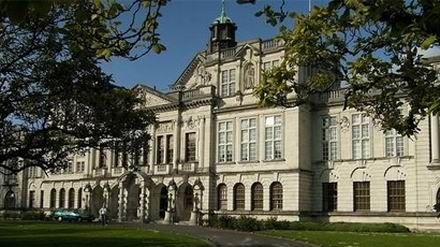2015年7月23日的雅思考试快到了,大家准备的怎么样了,为了让大家提高复习效率,提高考试分数,出国留学网雅思频道为您提供最新最权威的雅思考试预测题,希望对广大考生有所帮助。下面是出国留学网小编整理的2015年7月23日雅思阅读预测。
2015年7月23日雅思阅读预测部分内容:
Passage One 新旧情况 题材 题目 题型
旧 历史类俄罗斯芭蕾历史判断题 6 个
摘要题 7 个
文章大意整篇文章按照时间和人物顺序安排,第一段姜 17世纪俄罗斯对待芭蕾的态度。
第二段讲两任沙皇罗曼诺夫和彼得大帝对待芭蕾的不同。
第三、四段讲几位艺术家在俄罗斯的遭遇,其中有普希金,尼金斯基
(Nijinsky)
(类似参考文章)
The History of Russian Ballet
17th Century
Ballet in Russia was created by foreigners and yet it is most definitely "Russian". In the 17th century ballet was introduced into Russia by the second Romanov ruler Tsar Alexis Mikhailovich (1629-1676, reigned from 1645) for his wedding festivities.
Peter the Great (1672-1725, reigned from 1682) took a personal interest in dancing at his court by bringing in Western dances and taking part in them himself. With the help of his prisoners from the Swedish wars -- the Swedish officers -- he taught his courtiers.
18th Century
The dissemination of ballet in Russia and its deep rooted appeal to all Russians can be traced back to those nobles who, often living so far away from the capital, commanded their own entertainment, setting up ballet troupes often composed of serfs who had been trained at the Imperial School.
The formal beginning of Russian ballet can be traced back to a letter written in 1737 to the Empress Anne (1693-1740, reigned from 1730) by the teacher of gymnastics at the Imperial Cadet School.
The letter states: "I humbly ask Your Majesty that I shall be given twelve children -- six males and six females -- to create ballets and theater dances using twelve persons of comic and serious character. These pupils, by the end of the first year ,will dance with cadets; in two years they will execute different dances; in three years they will not be less than the best of foreign dancers."
希望以上由出国留学网雅思考试栏目为大家整理的《2015年7月23日雅思阅读预测》一文能给大家提供帮助!出国留学网及时为大家提供雅思考试最新动态,大家按Ctrl+D即可收藏本站!
猜你可能喜欢:




 湘公网安备 43011102001150号
湘公网安备 43011102001150号

